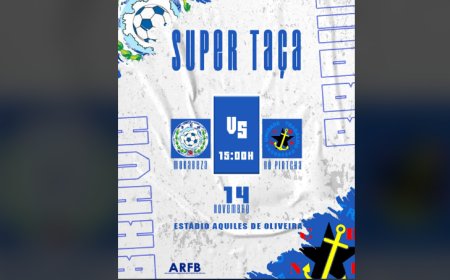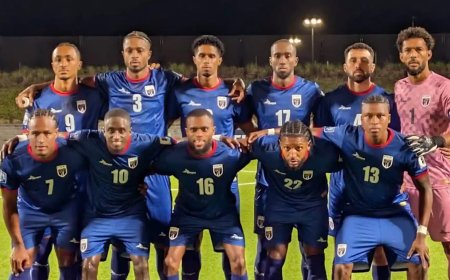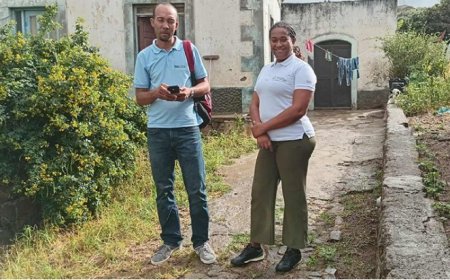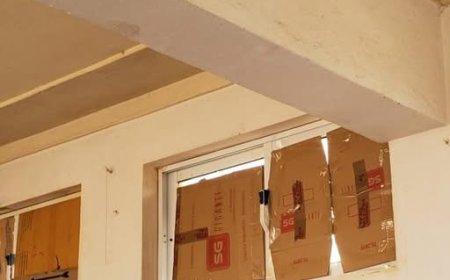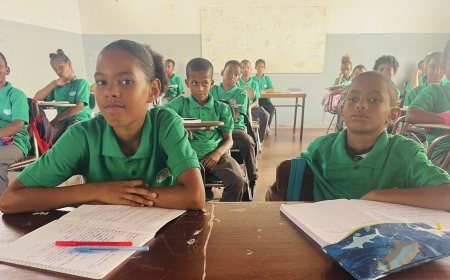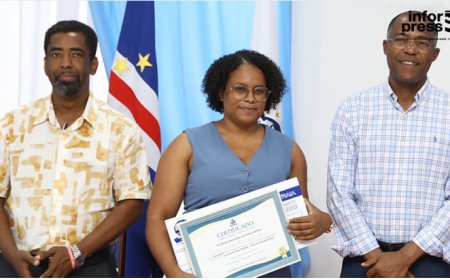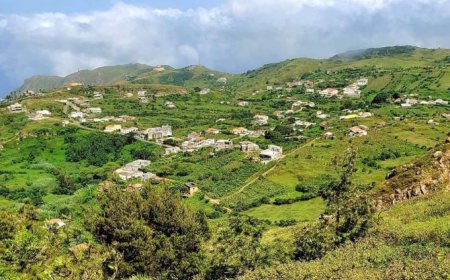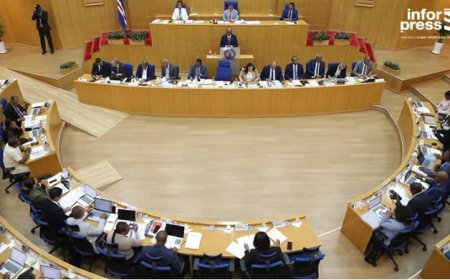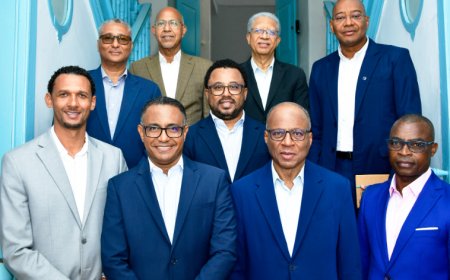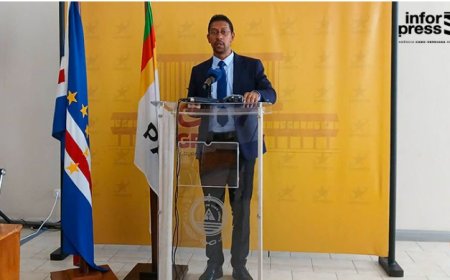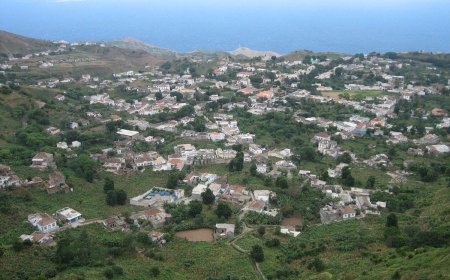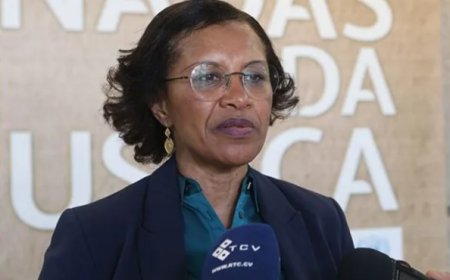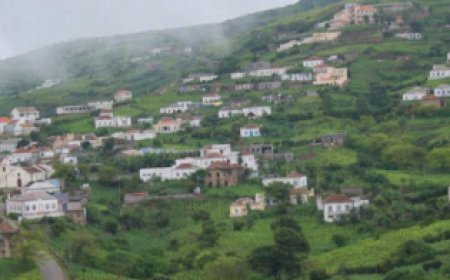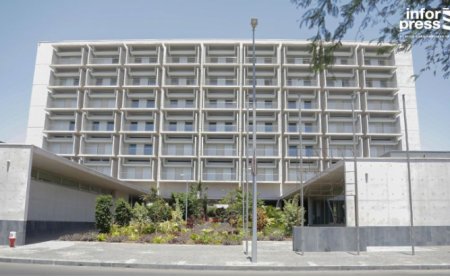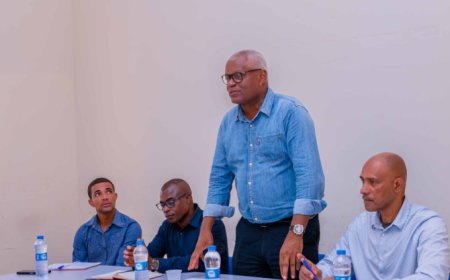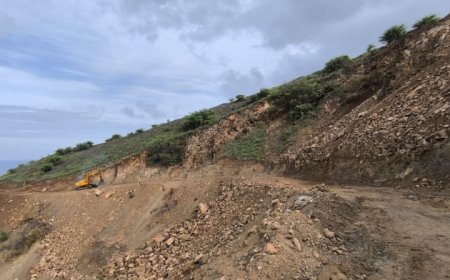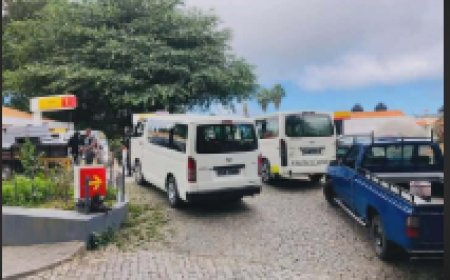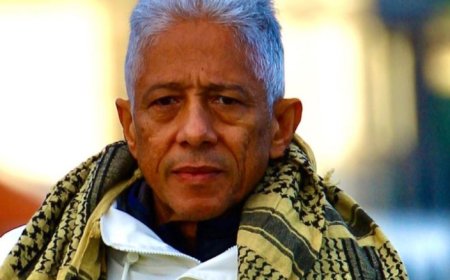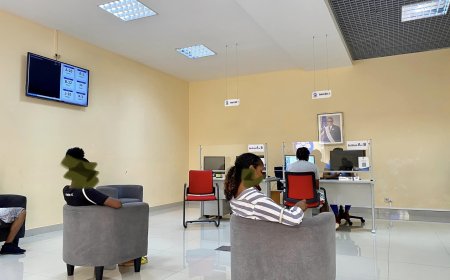Air operations at Cesária Évora airport: Is there an illuminated runway or not?
In recent days there has been some controversy over the TACV/CVA air connections between S. Vicente and Lisbon (with a weekly connection), at a time when the operator has rented a second aircraft. About TAP, which has a daily connection on the same LIS-VXE route, there is nothing to say in operational terms. What happens then? There are no night flights because the runway is not lit (as some people at TACV, in the media and on social media suggest) or are there planning problems with the carrier?

The runway at S. Vicente Airport has been illuminated since 2000, when passengers began transferring from Sal to S. Vicente on domestic planes at night. In 2009, the international airport was inaugurated after works to expand the runway (extension from 1,500 to 2,000m and widening from 30 to 45m), construction of a passenger terminal with 11,000m2 (and three floors -1,0 and +1) and reinstallation and expansion of runway lights and visual aid for landing (PAPI). The terminal's capacity was set for 500 passengers/hour. Phase 1A of the Master Plan then implemented provided, in an optimistic scenario for 2022, four movements of class A aircraft (LET 410), 22 class B (ATR42 and ATR72) and 6 class D (B757-200 or A320) in the busiest day of the week. The reality showed that the airport did not reach the planned goals and continues with excess capacity, since the projects foreseen in the ZDTI's of S. Vicente and in the Industrial Zone of Lazareto did not materialize.
Aeronautical studies carried out by IATA and Proplano clearly indicated the existing obstacles in the airport environment that would impact on approach and landing procedures. Equipped with an NDB (non-directional radio beacon) and a Locator (electronic element of the instrument landing system that indicates alignment with the runway axis), the minimums for landing would always be higher than Sal or Praia, where the procedures are carried out over the sea and the orography is good.
In the S. Vicente airport planning phase, it was decided that the procedures using non-precision instruments would be based on the NDB and the Locator and, later, (according to studies started in 2013) on the RNAV/GNSS. But the minima would always be conditioned by orography and obstacles.
In the certification by the AAC (assisted by the New Zealand company Airways Internacional), in 2009 the following limitations were imposed and published: 1) For night operations, all obstacle identification lights must be operational; 2) Circuit maneuvers at night are prohibited; 3) Night landings on runway 25 by code 4 aircraft and on both runways by all turbojet aircraft are prohibited; 4) all take-offs under IFR (Instrument Flight Rules) must maintain VMC (Visual Meteorological Condition) up to a minimum of 1,500'; 5) Considering the characteristics of the terrain and surrounding obstacles, the aerodrome is designated as a special aerodrome under CV CAR 8.J.1160.
In summary: night flight bans were imposed on turbojet aircraft (as in the case of B737, B757, A320 and equivalent) and not on turboprop aircraft (as in the case of ATR or equivalent). An ATR can operate at night and a B737 cannot, because the operational performance is not equal in case of a missed approach procedure.
Tell the truth and the facts that TAP has adapted very well to the conditions in São Vicente and currently has daily flights Lisbon-Mindelo-Lisbon. Is there a market or not? Of course there is! TAP benefits from belonging to the Star Alliance and having a good network of routes in Europe and the world, which allows it to concentrate and distribute passengers from the Lisbon hub. TACV does not belong to any of the 3 world alliances, has fleet and operational planning problems, makes continuous strategic drifts, has not built a product to attract Cape Verdeans (in whose basket it is not only the price that counts) and shows serious difficulties in adapting to the national airport network.
Both carriers were invited to accompany the airport planning and certification process and the facts show who did (and does) their homework. And, in the case of aviation, mushy patriotism is not called for here.







